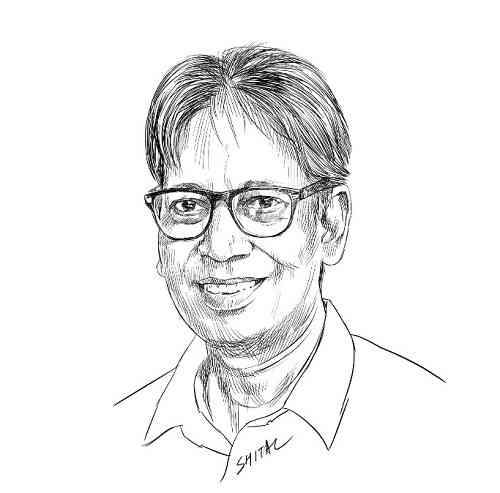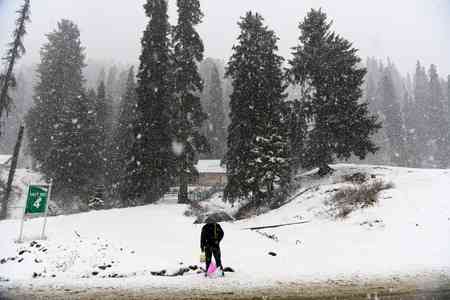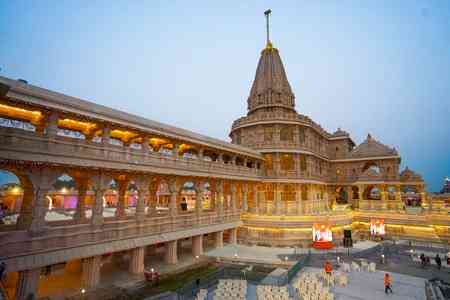Why 21st-century Punjab is still in the grip of black magic (Opinion)
Exactly a decade back, an activist of the rationalist movement from Bhinder Kalan village in Moga district of Punjab called me. He was in a shock and, in a trembling voice, told me that a 12-year-old Dalit girl from his village has been killed by a tantrik woman, who incidentally was also the sarpanch of that village.

MEGH RAJ MITTER
Exactly a decade back, an activist of the rationalist movement from Bhinder Kalan village in Moga district of Punjab called me. He was in a shock and, in a trembling voice, told me that a 12-year-old Dalit girl from his village has been killed by a tantrik woman, who incidentally was also the sarpanch of that village.
Soon, the incident made it to the headlines and the details started emerging. The girl was a distant relative of the sarpanch and had not been keeping well for the past few days. Sarpanch Palo, who belonged to the Bouriya Sikh community, a Dalit community which still lives in their own tribalism, was a practitioner of black magic.
"She has been possessed," Palo's diagnosis was clear and straight. So the 'treatment' followed.
The girl was dragged by the hair and was spanked with heavy iron chains. Already weak, the adolescent girl fell unconscious. The news spread in the village like wildfire and the unconscious girl was forcefully freed from Palo's possession and was taken to a nearby ayurvedic doctor but it was too late. The girl became just another number in the long row of victims of Punjab's black magic experts.
Around a week later, the local unit of the rationalist society invited me to the village to share my experiences regarding such incidents in Punjab.
The story of Bhinder Kalan is still afresh in the memory of the people of the area. In the last almost four decades after the beginning of the rationalist movement in Punjab, we have continuously witnessed such incidents. Almost every village is replete with such stories.
I still remember how just two years after I had founded the rationalist movement in Punjab, we came across the first major shocking incident of human sacrifice in Nangal Majja village in Kapurthala district, where we found that a three-year-old child named Bunty was strangled and his body was thrown into the village pond. The culprit was the child's mother who was acting under the influence of a tantrik.
A couple of years after that, in the late 1980s, a group of middle-aged Punjabi men from Pippal Theh village, located on the Punjab-Haryana border in Haryana's Jind district, came to my home in Barnala. They requested me to visit their village, where a four-year-old boy was chopped into pieces and thrown into a gobar gas plant.
Such incidents are not uncommon even in a state like Punjab, where the society is considered relatively modern. The question arises why such incidents continue even in 21st century Punjab.
The answer lies in the centuries-old oppressive religious texts, value system and practice, which hail human sacrifice to save humanity from natural calamities. And the opportunism of political establishments, which always created hurdles in the advancement of scientific temper.
The possible way out from this situation is that first the governments must pose a question to themselves: Is not their political opportunism and politics of religion proving regressive for the society? They must realise that we are living in the 21st century and must shed the oppressive religious legacies from where such magical remedies take birth.
The real remedy lies in enacting stringent laws against all superstitious practices. Let us not let the lives of those like Narendra Dabholkar, Govind Pansare and M.M. Kalburgi be wasted. Let us keep the light of science and reason burning.
(The author is the founder of rationalist movement in Punjab and has written more than 30 books. The views expressed are personal)


 IANS
IANS 










